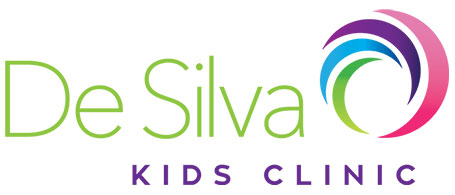Playing with transport toys such as trains, cars and trucks can be a fun and engaging way to help support your child’s language development. Use the following cheat sheet to help work on these communication skills whilst you and your child are playing with transport!
Describing/labelling
Colour: red, blue, yellow, green etc.
Size: big, little, small
Shape: circle, round, square
Sound: whistling, noisy and loud
Speed: fast, slow, quick
Expanding vocabulary
Nouns: sounds (horn), parts of transport (wheels), places they go (road), traffic signs (stop signs)
Functions: what are different parts used for? (horn, wipers, wings)
Concepts: under, around, next to, behind, in front, between
Receptive language
Following directions: give directions using prepositions (e.g. under, around, next to, behind, in front, between, on, off)
Action words
- Go
- Push
- Stop
- Drive
- Pull
- Park
- Open
- Close
- Steer
- Move
- Start
- Fly
- Brake
- Turn
- Open/close
Play and social skills
- Encourage joint attention and pretend play
- Make eye contact and sharing
- Construct together and make stories
- Practise giving and following directions
- Learn road rules
Written by Sarah Pritchard, Speech Pathologist at De Silva Kids Clinic



